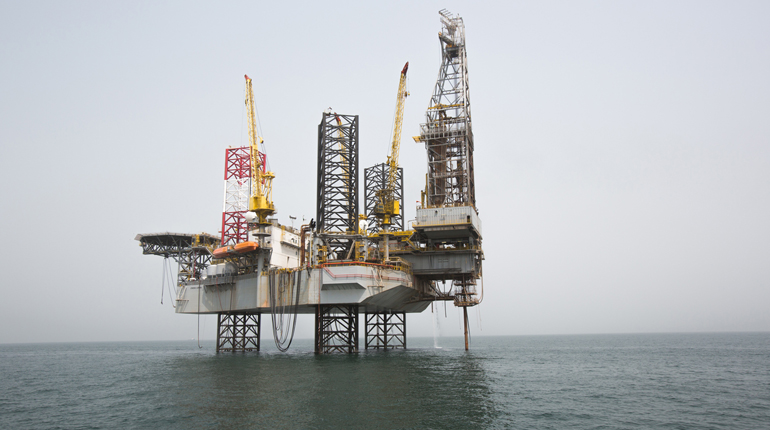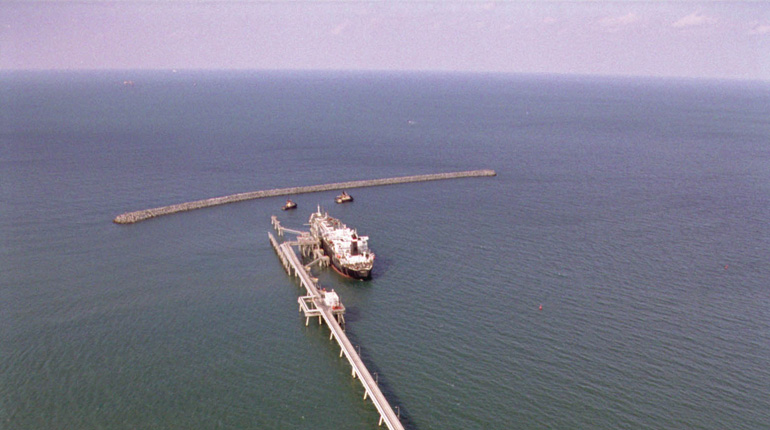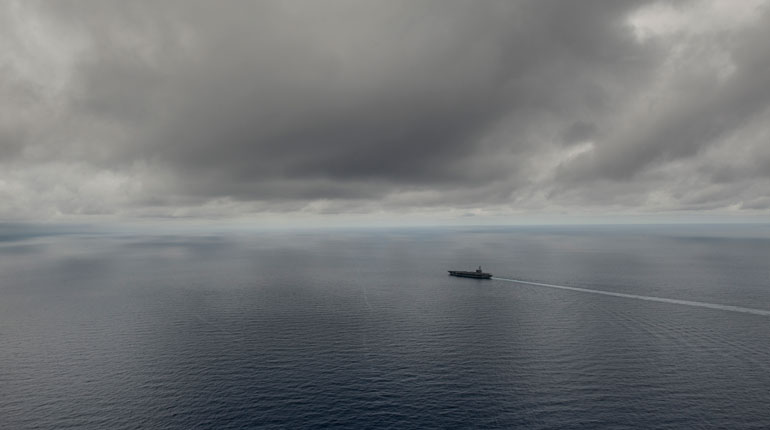 A rig in Cameroon’s Etinde field. Engie planned to use other producers’ output to feed an LNG plant. (Bowleven)
A rig in Cameroon’s Etinde field. Engie planned to use other producers’ output to feed an LNG plant. (Bowleven)
French energy company Engie has put plans to build a 3.5 mtpa LNG plant in Cameroon on hold indefinitely and has scaled down operations in the west African country.
Along with Cameroonian state oil company Société Nationale des Hydrocarbures, Engie completed the basic FEED work for the planned LNG project in the Kribi region in early 2016.
However, "as evidenced across the world, prevailing market conditions are not conducive to developing medium/large LNG liquefaction projects," Engie spokesperson Émilie Ménard said. "As such, the project has been paused ahead of the next phase of development – the engineering procurement and construction tender."
Interfax Natural Gas Daily understands Engie is closing its local office. "Engie has adapted its resources to a project that has been paused […] As soon as we will have identified concrete projects we will need, and be happy, to employ local staff in Cameroon," said Ménard.
In the meantime, the company has set up a new regional office in Abidjan, Ivory Coast, which will be in charge of developing its activities in western and central Africa, including Cameroon. "We are actively looking at centralised and decentralised power production opportunities and are keen to offer our expertise in energy services," Ménard told Interfax Natural Gas Daily.
Engie, which does not have any stakes in gas fields in Cameroon, had intended to use non-committed gas from other operators’ fields to feed the plant.
However, since the project was first mooted in 2008 several other potential LNG export options have become available, including Perenco’s 1.2 mtpa Kribi FLNG project and, most recently, the Etinde joint venture’s planned FLNG vessel on Block 7 – weakening the case for a separate onshore plant.
Room for expansion
Perenco, which made the FID on its project last November, has signed an agreement with Gazprom Marketing and Trading for 1.2 mtpa over eight years.
But the ship – Golar’s Hilli FLNG vessel, under conversion at the Keppel Shipyard in Singapore – has the capacity to process up to 2.4 mtpa of LNG. It would be cheaper and quicker for any additional gas reserves in Cameroon to instead be processed via this spare capacity.
In fact, while Cameroon LNG was one of the three projects officially backed by the government, it has now effectively "morphed" into Kribi, Kevin Hart, chief executive of Bowleven, told investors last year. Bowleven holds stakes in the Etinde and Bomono gas fields in Cameroon.
Perenco had anticipated first gas from the project by Q4 2017. However, it has not given an official update on its project since November and did not respond to questions from Interfax Natural Gas Daily on whether the development was still on track.
NewAge, the new operator of the Etinde permit, is pushing to use an FLNG vessel to monetise gas from the field. The Etinde JV was previously approached by Engie regarding an onshore LNG plant, "but we understand that Engie is no longer active in-country, and is planning to close its local office", a spokesman for the company said.
NewAge, which took over operatorship of Etinde from Bowleven in late 2015 after increasing its stake in the licence to 30%, "is progressing towards FID" on the development, a spokesman for the company said. This could come by the end of 2016, according to the company’s website.
"The Etinde joint venture is also working with the Cameroon government on supplying gas to a [combined-cycle gas turbine] power plant assuming the domestic demand and guarantees are confirmed," a spokesman for NewAge told Interfax Natural Gas Daily.
Rather than opting for LNG, Bowleven had planned to use Etinde to supply around 2 million cubic metres of gas per day to a new fertiliser plant led by Ferrostaal and had been close to signing a gas sales agreement with the project.
Whether the JV can prove up more gas reserves at Etinde will determine whether the project is likely to go ahead. NewAge plans to drill two appraisal wells this year to test additional targets for the Intra Isongo reservoir.
"If we don’t find any more gas we have got enough for one development, be it fertiliser, power generation, [or barge] LNG. If we find 2 Tcf [56.6 billion cubic metres] of additional gas, which we’re targeting with those two wells at the P90 level, we can actually carry out three projects – we could carry out fertiliser, power and [barge LNG]," Hart told investors during Bowleven’s Q2 2015 results call in November last year.
Whatever the drilling test outcome, Hart said he expects the fertiliser plant to still be part of the monetisation solution, "because of the political backing behind it".








Talk to us
Natural Gas Daily welcomes your comments. Email us at [email protected].